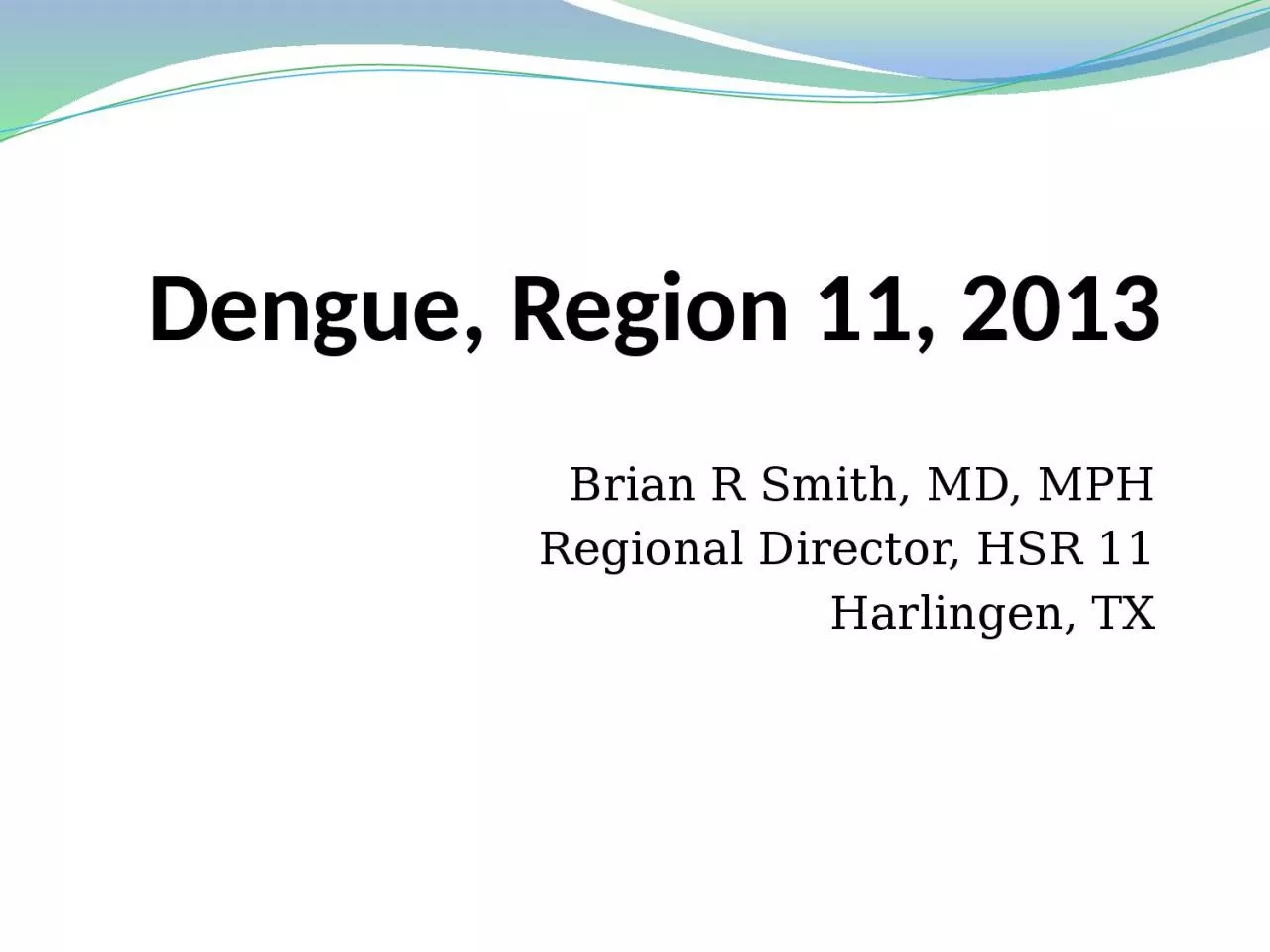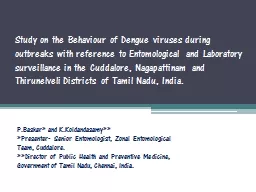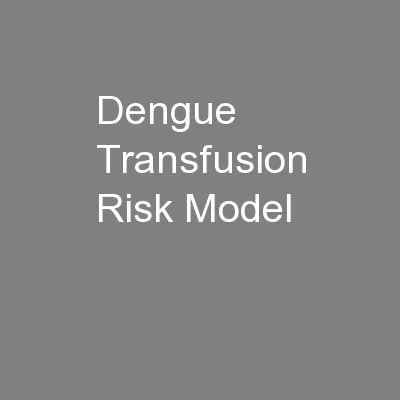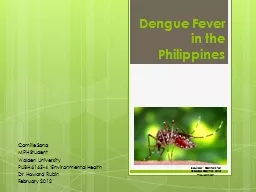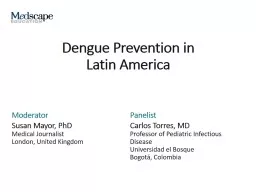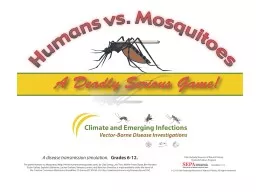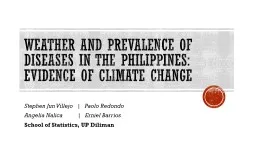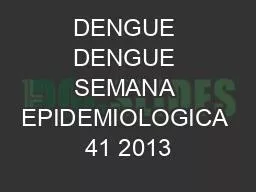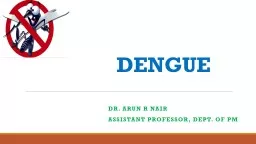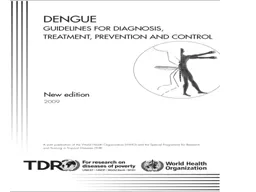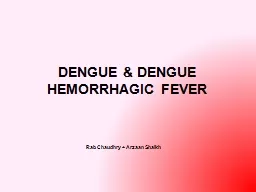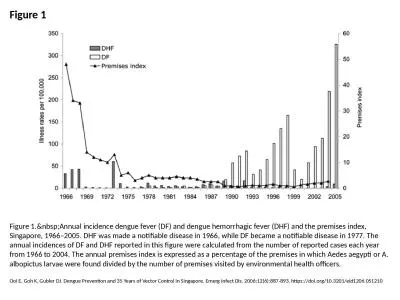PPT-Dengue, Region 11, 2013 Brian R Smith, MD, MPH
Author : davis | Published Date : 2024-03-13
Regional Director HSR 11 Harlingen TX Dengue Emerging vectorborne disease Spread by Aedes mosquitoes infected with dengue virus 500000 hospitalizationsyear 25000
Presentation Embed Code
Download Presentation
Download Presentation The PPT/PDF document "Dengue, Region 11, 2013 Brian R Smith, M..." is the property of its rightful owner. Permission is granted to download and print the materials on this website for personal, non-commercial use only, and to display it on your personal computer provided you do not modify the materials and that you retain all copyright notices contained in the materials. By downloading content from our website, you accept the terms of this agreement.
Dengue, Region 11, 2013 Brian R Smith, MD, MPH: Transcript
Download Rules Of Document
"Dengue, Region 11, 2013 Brian R Smith, MD, MPH"The content belongs to its owner. You may download and print it for personal use, without modification, and keep all copyright notices. By downloading, you agree to these terms.
Related Documents

